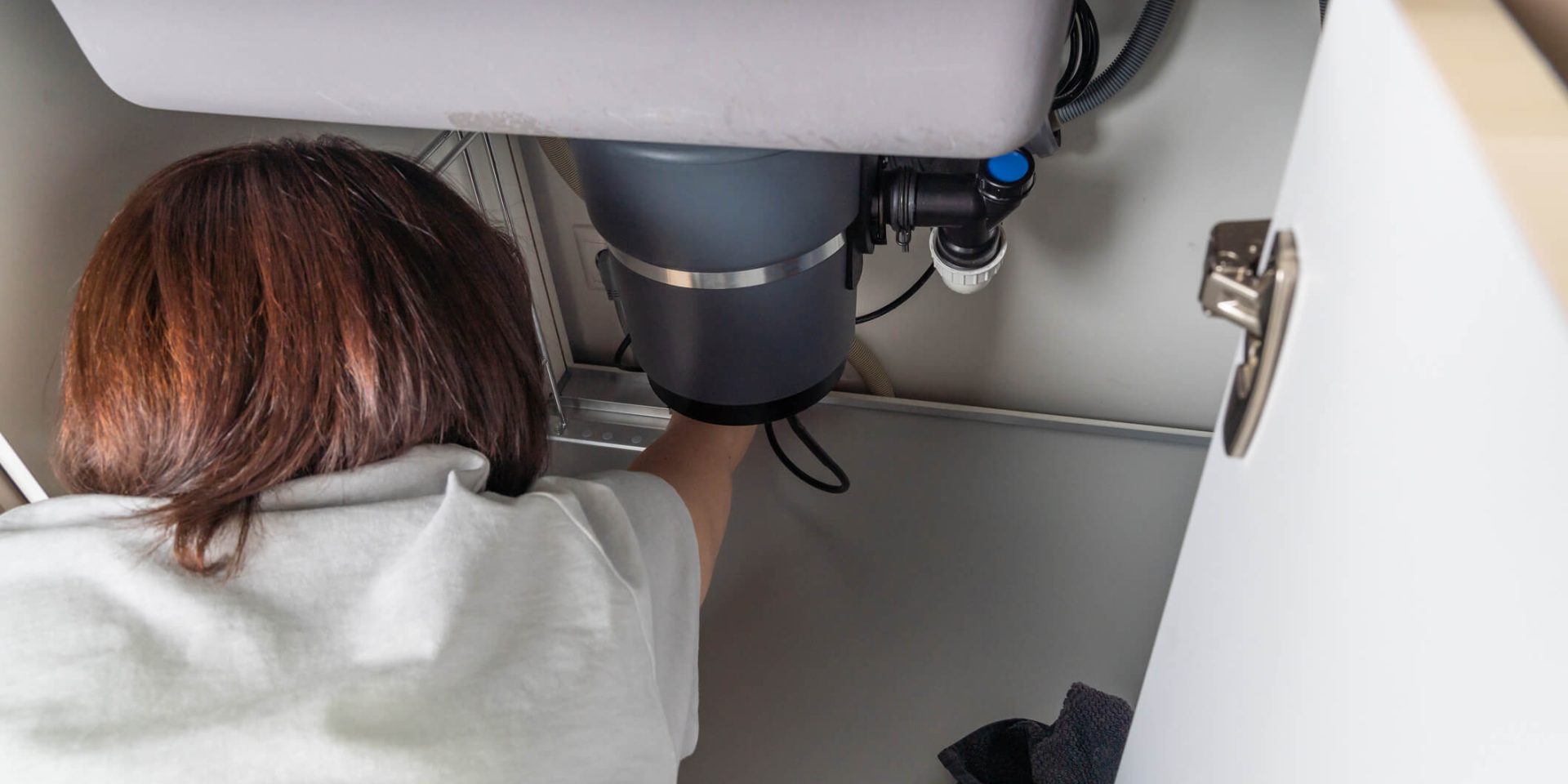Simple Steps to Stop a Leak in Your Garbage Disposal
Simple Steps to Stop a Leak in Your Garbage Disposal
Blog Article
Listed here in the next paragraph yow will discover more awesome tips pertaining to Garbage Disposal Leaking From Bottom.

Garbage disposals are essential cooking area devices that assist in disposing of food waste effectively. Nonetheless, a leaking garbage disposal can be an aggravating and messy trouble to manage. Fortunately, numerous leaks can be dealt with easily with a couple of straightforward steps. In this post, we will review just how to fix a leaking waste disposal unit properly.
Intro
Garbage disposals are mounted under cooking area sinks and are made to shred food waste into smaller pieces, permitting it to travel through the plumbing system easily. While these tools are generally reputable, leakages can take place with time because of damage, loose connections, or damages to the system.
Usual Causes of Leakages in Waste Disposals
Worn Seals and Gaskets
Seals and gaskets play an essential duty in avoiding water from leaking out of the waste disposal unit. Over time, these elements can wear away, resulting in leakages around the disposal unit.
Loose Connections
The links in between the garbage disposal and the plumbing system can come to be loosened with time, causing water to leak out throughout procedure.
Splits or Holes in the Disposal Device
Physical damage to the waste disposal unit, such as cracks or openings in the housing, can additionally result in leaks.
Determining the Source of the Leakage
Before trying to fix a dripping waste disposal unit, it is important to determine the source of the leakage. This can generally be done through visual evaluation or by conducting easy tests.
Visual Inspection
Check the garbage disposal device thoroughly for any kind of signs of water leak. Pay very close attention to locations around seals, gaskets, and connection factors.
Evaluating for Leaks
One means to test for leakages is by running water through the disposal system and checking for any kind of noticeable indicators of leakage.
Tools and Products Needed for Dealing With a Leaking Waste Disposal Unit
Prior to beginning the repair procedure, gather the needed tools and materials, consisting of a screwdriver, adjustable wrench, plumbing professional's putty, replacement seals or gaskets, and epoxy or patching product for fixing fractures or openings.
Step-by-Step Overview to Taking Care Of a Leaking Waste Disposal Unit
Shut off the Power
Before attempting any kind of repairs, make certain that the power to the garbage disposal system is switched off to prevent the risk of electric shock.
Locate the Leakage
Recognize the specific place of the leakage and determine the cause.
Tighten up Links
Make use of a wrench to tighten any loosened connections in between the disposal system and the pipes system.
Replace Seals or Gaskets
If the leakage is due to worn seals or gaskets, get rid of the old elements and replace them with brand-new ones.
Patching Splits or Holes
For splits or openings in the disposal system, usage epoxy or an appropriate patching product to secure the damaged location.
Checking the Waste Disposal Unit After Repair
Once the fixing is full, check the waste disposal unit by running water with it to guarantee that the leakage has actually been fixed.
Preventive Upkeep Tips to Prevent Future Leakages
To prevent future leaks, it is essential to carry out routine upkeep on your waste disposal unit. This consists of keeping it clean, preventing placing non-food things or difficult items down the disposal, and regularly checking for leakages or other issues.
Conclusion
Finally, fixing a leaking garbage disposal is a fairly uncomplicated procedure that can be finished with standard devices and materials. By following the actions described in this write-up and exercising precautionary maintenance, you can keep your garbage disposal in good working condition and prevent pricey repairs in the future.
What to Do About a Leaking Garbage Disposal
A leaking garbage disposal often goes unnoticed until you confront a sopping cabinet, a foul-smelling puddle, or an audible drip-drip-drip from the unit. The fix can be frustrating, too, because the leak can stem from a number of components in the system. Fortunately, with a little sleuthing, you can zero in on the leak and—depending on the exact location—stop the icky oozing and repair the component that caused it. Worst case scenario, if it turns out that the garbage disposal must be replaced, installing a new one is a reasonable do-it-yourself task for those with basic plumbing skills. Read on to keep the cash you’d otherwise hand over to a pro.
Prepare to find the leak
Prior to testing the garbage disposal for leaks, unplug it at the wall outlet and turn off the power from the breaker box to prevent electrical shock. Then insert a watertight sink stopper into your sink drain and wipe the unit dry with a clean cloth. In any handy container, mix a few drops of food coloring into a few cups of water, and pour the dyed water onto the sink stopper to help you locate the leak.
Investigate the source
the top, where the disposal meets the sink drain the side, where the dishwasher hose or main drain pipe connects to the disposal or the bottom of the unit Inspect each of these locations while gliding a light-colored rag over the unit; the dyed water will readily show on the rag and reveal the location of the leak. If a leak isn’t immediately apparent, remove the sink stopper and pour a few more cups of dyed water down the sink drain, then check for leaks again. Leaks near the top of the unit are more likely to show themselves while the sink is plugged, while side and bottom leaks are more noticeable while the sink is unplugged.
The metal sink flange that sits directly inside the sink drain is typically sealed around the top with plumber’s putty (a clay-like sealant) and then secured from under the sink with bolts. If the plumber’s putty deteriorates, or the bolts loosen, the flange can no longer form a watertight seal between the sink drain and the disposal—which could cause a leak at the top of the unit.
To reseal the leaky flange, you must first detach the garbage disposal. Start by loosening the screws securing the main drain pipe to the disposal, then loosen the screws in the metal clamp securing the dishwasher hose to the disposal and detach the drain pipe and dishwasher hose from the disposal. Loosen the screws in the mounting ring that connects the disposal to the metal mounting assembly beneath the sink, then pull down the disposal and carefully set it on a clean, dry surface. Loosen the bolts in the mounting assembly with a wrench, then pull down the mounting assembly and set it near the disposal.

Hopefully you enjoyed reading our section about Tips on Fixing a Leaking Garbage Disposal. Thanks so much for spending some time to read our article. If you please set aside a second to distribute this article if you enjoyed reading it. I praise you for your time. Please stop by our website back soon.
Start Now Report this page